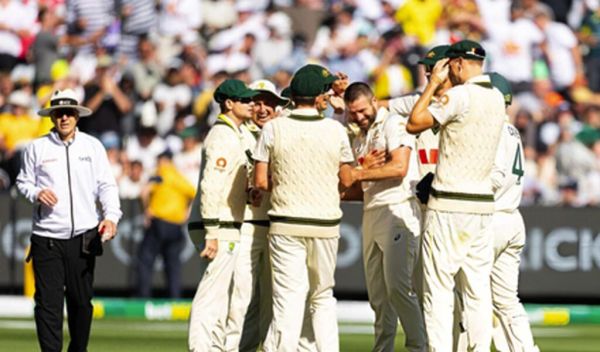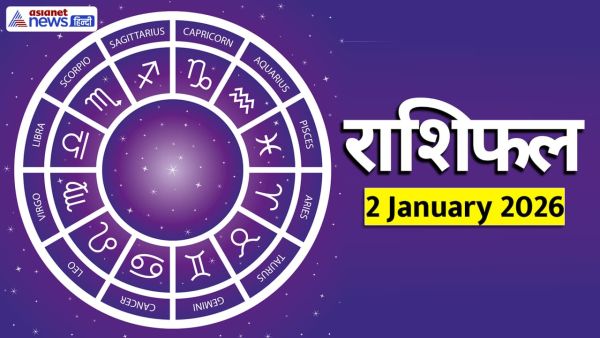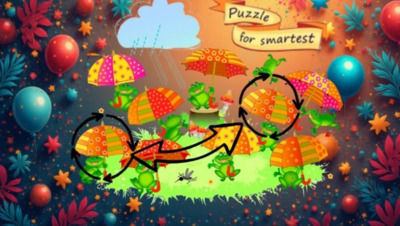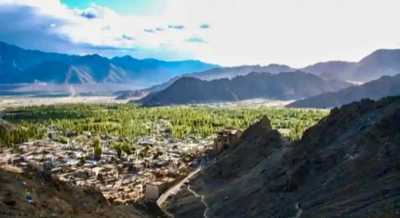
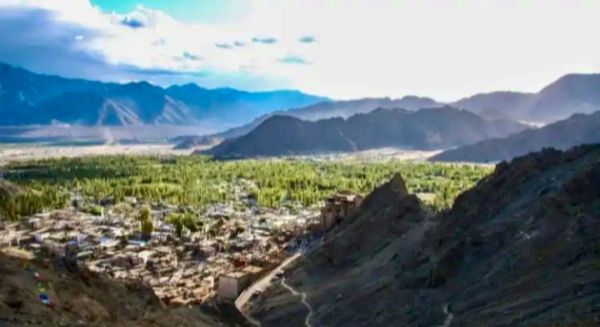
New Delhi: In the first experiment of its kind, seeds of Seabuckthorn and Himalayan Buckwheat – two nutrient-rich crops native to Ladakh – spent over a week in space before being brought back to Earth by NASA astronauts. These seeds will now be taken to Ladakh and sowed.
The experiment is meant to find out what effect space has on seeds. These seeds were selected as they can survive in extremely harsh terrain and are known for their medicinal and nutritional properties.
The seeds were taken to the International Space Station (ISS) by NASA’s Crew-11 astronauts and were brought back by the Crew-10 team that splashed down on Saturday (August 9).
Experts say that the seeds were part of the “Emerging Space Nations’ Space for Agriculture & Agriculture for Space” experiment, a collaborative initiative that explores how plants endure the unique stresses of space, including microgravity, radiation, and extreme temperature fluctuations.
“This is the first-ever batch of seeds flown from Ladakh to space, symbolising resilient foods for cold, adverse environments,” said Siddharth Pandey, director, Protoplanet, which collaborated in the experiment.
“Part of them will be sent for scientific analysis by our researchers, while the rest will be gifted to the people of Ladakh to inspire coming generations. It also paves the way for quick access to space and the return of samples from India via our partnership with Jaguar. As a symbolic gesture for public awareness and inspiration, we will gift some seeds to the UT Ladakh government,” he added.
Scientists hope that studying their genetic and metabolic responses to space exposure will reveal traits that could be harnessed for sustainable food production during long-duration space missions, and potentially enhance crop performance on Earth.
“The cold desert varieties from Ladakh already survive extreme conditions on our planet. By sending them to space, we push their resilience limits even further. What we learn could help us grow food in places where it’s currently impossible, whether that’s on Mars or in arid regions here on Earth,” a scientist associated with the experiment said.
The seeds will undergo rigorous laboratory analysis to detect any genetic mutations, structural changes, or metabolic shifts triggered by the orbital environment. These findings could open doors to developing hardier crops that can withstand climate change-related stresses such as drought, poor soil quality, and temperature extremes.
The experiment also represents a significant step for India in the global space-agriculture arena, showcasing Ladakh’s role in pioneering research with international implications.
